Why People Flocked to Birdwatching in the Pandemic
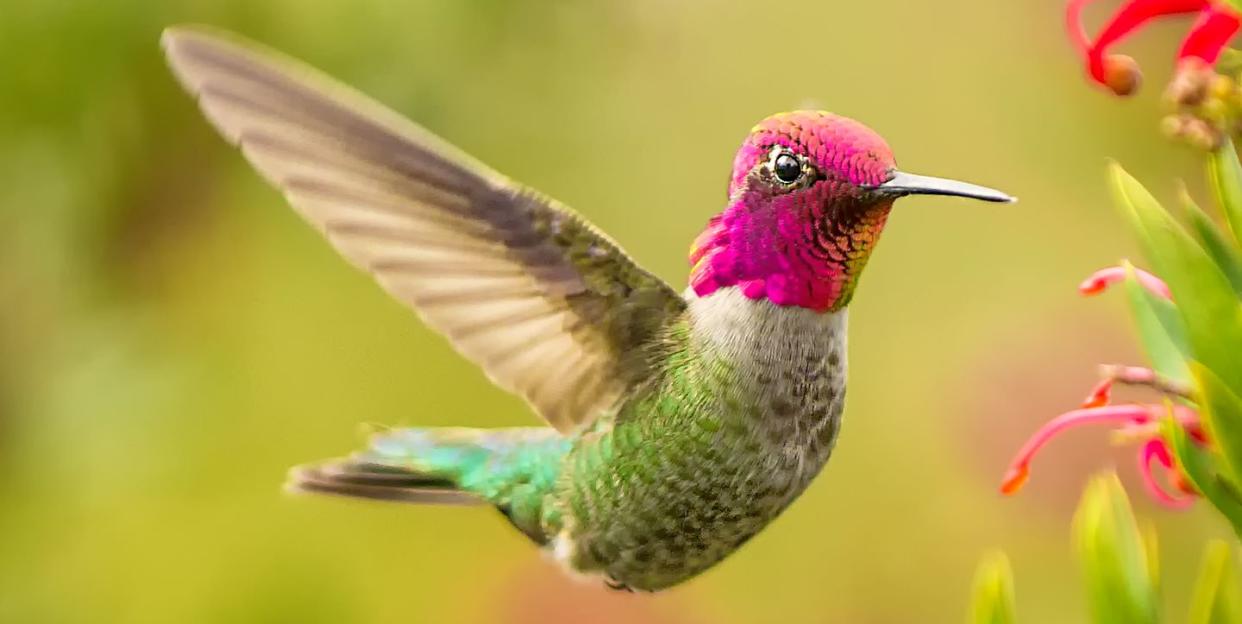
In April of last year, four weeks into the pandemic’s brutal grip on the United States, I found my "spark bird."
It had been a scary, sad, suffocating month shut inside a three-room New York apartment with a high energy 14-month-old, the ceaseless wail of sirens a constant soundtrack. Back then, when an ambulance dotted every intersection of our neighborhood, even a stroll around the block felt too droplet-dense to risk—let alone a trip to our regular park. Aching to bring our son outside, we ventured to Brooklyn’s Green-Wood cemetery one sunny Saturday morning.
A historic resting place for robber barons and war heroes, the 478-acre graveyard had become a popular alternative spot for leg-stretching when the city was hardest hit by COVID-19. But as I pushed a stroller through the massive Gothic-Revival gates, a thick plume of black smoke rising from Green-Wood’s overtaxed crematorium brought the “no escape” feeling back to my chest.
Then I noticed two sounds.
The first was the hushed murmur of five people standing in a half circle, peering through binoculars and long-lensed cameras like paparazzi. The second was a buoyant chatter that made me follow their gaze upward.
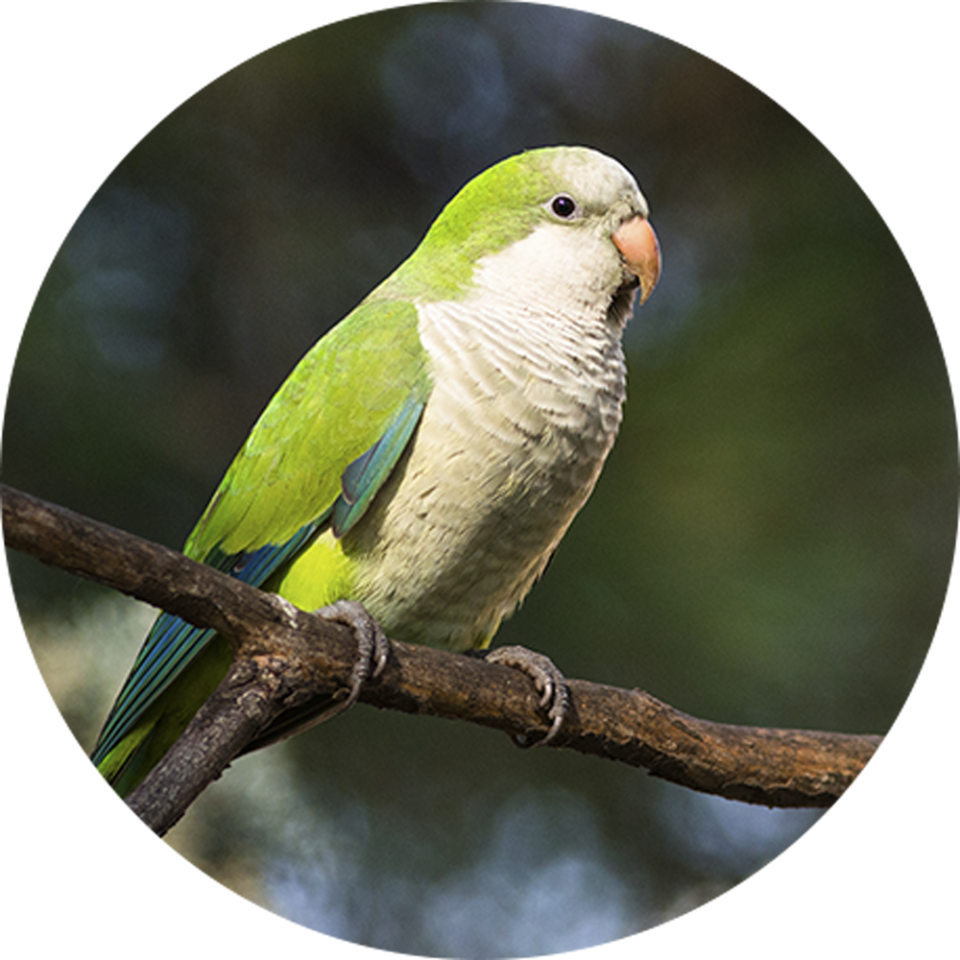
And that’s how I, too, became transfixed by the mysterious monk parakeets of Green-Wood Cemetery. A few members of the lime green pandemonium—what a parrot flock is aptly called—poked their heads out of holes in their gate-top nest. Others flew to and from nearby trees. While the pandemic had governed my every waking thought, here were these creatures…frolicking. Watching them flit about filled me with a peace I hadn’t felt in weeks. That evening, I found myself researching the delightful collective nouns for various species (a murder of crows, a gulp of cormorants), and learned that the one that first sets you on the path to birding is called your "spark bird."
Birdwatching certainly isn’t new. The term itself is thought to be coined in 1901 by ornithologist Edmund Selous with his book Bird Watching, which popularized the then-radical idea that birds were best observed while alive. (John James Audubon, like any naturalist of his time, shot and stuffed every bird you see in his iconic Birds of America prints.) And that’s only when it was named as a formal practice; humans have been admiring birds for as long as we’ve shared the earth with these feathered descendants of dinosaurs.
Since March of 2020, though, the pastime's popularity has ticked up considerably. Sales of bird feeders and feed are soaring, with $2.2 billion in projected sales for 2021, according to a recent report. Cornell Lab of Ornithology has seen a sustained above-average growth in citizen-submitted bird sightings to eBird, their data repository for worldwide bird activity, which helps a birder track their favorites and provides Cornell and their partners with information that informs their research and conservation efforts. In February 2021, "we had more people eBirding in a single month than ever before," eBird project leader Jenna Curtis tells Oprah Daily.
It’s not hard to see why. Birding is a great way to soak up the psychological benefits of observing nature in a socially-distant way, and providing a thrill of discovery that was painfully rare when our lives ground to a standstill. It’s a sober-friendly hobby, and accessible to most; those who aren't sighted can still bird with their ears. And there’s such a low barrier to entry—you don’t even need to leave home to get started.
To "birdwatch" simply means to observe birds in the wild. Whether you're admiring the way sun passes through a blue jay's white-tipped wings as it alights on your feeder every morning, or you're camped out in a field for hours hoping to catch a majestic snowy owl on the hunt through binoculars, you're a birdwatcher. "It's something that people can participate in at all levels," says Drew Weber, project coordinator for Merlin, a free bird ID app from the Cornell Lab of Ornithology, which saw its number of downloads double from the year prior in 2020. If you note the yellow-bellied sapsuckers and dark-eyed junco as you pass them by on a stroll, you're enjoying the hobby with the same legitimacy as the citizen scientist who takes fastidious notes on the tap-dance mating rituals of the sharp-tailed grouse. All you need to do is go outside—or, just look out your window.
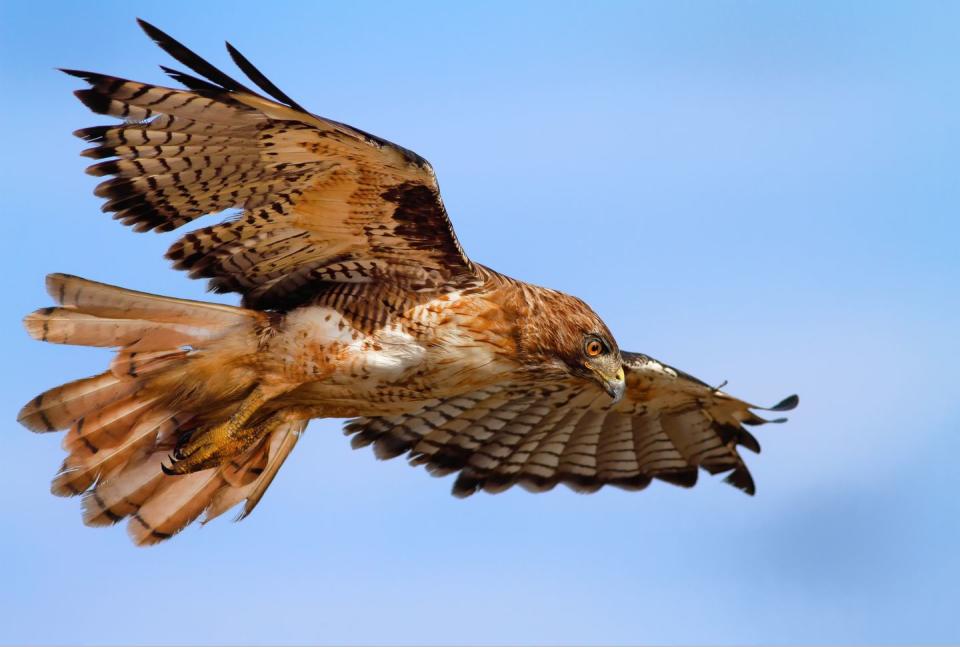
When Shannon Kelly started working from home last spring, the 50-year-old talent manager spent more time on the fire escape outside of her uptown Manhattan apartment than she ever had before. “That’s when I noticed this pair of little house sparrows who’d built a nest in the wall above where I was sitting. I named them Penny and Dylan, and got way too invested in their lives,” she tells Oprah Daily with a laugh.
It was spotting a red-tailed hawk mere feet away on that same fire escape that got Kelly hooked. She started chatting up other birders and getting sighting info online from two regional Facebook groups, Inwood Birds and New York Birders (Corey Finger, co-admin of the latter group, tells Oprah Daily that while he can't provide a hard number, membership has "definitely increased" during the pandemic). “When I finally felt it was safe enough to go to Inwood Hill Park, I was looking for the hawks,” she continues. “Next, I was tracking a barred owl. Then I started noticing the smaller birds, like the goldfinches.” As an amateur photographer, Kelly had found a new source of inspiration. “It opened up this whole new world that I didn’t know existed all around me.”
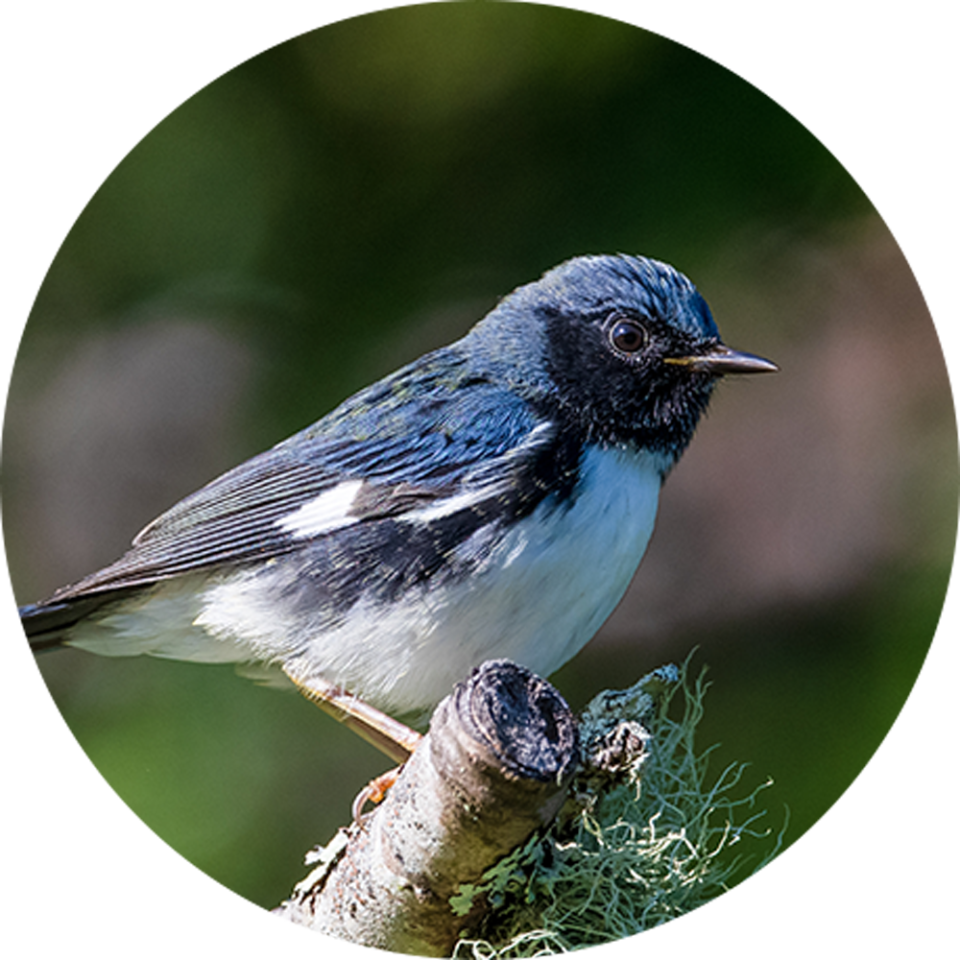
Every new birder I spoke to had a story that was similar to Kelly's in one way: they started noticing birds when the routines and minutiae of their normal life receded.
Corina Newsome, 27, a biology graduate student and community engagement manager for the Georgia Audubon Society, is heartened by birding’s increasing popularity, in part because it’s an entry point for people who might not have cared about science or conservation previously. "People who aren't career scientists contribute to bird conservation just by reporting their sightings on eBird," she tells Oprah Daily.
Newsome is among the Audubon employees leading both virtual birding events and masked, distanced trips around the Atlanta area. Every time Newsome looks at a bird, she sees it through two lenses: That of an admirer, and that of a scientist.
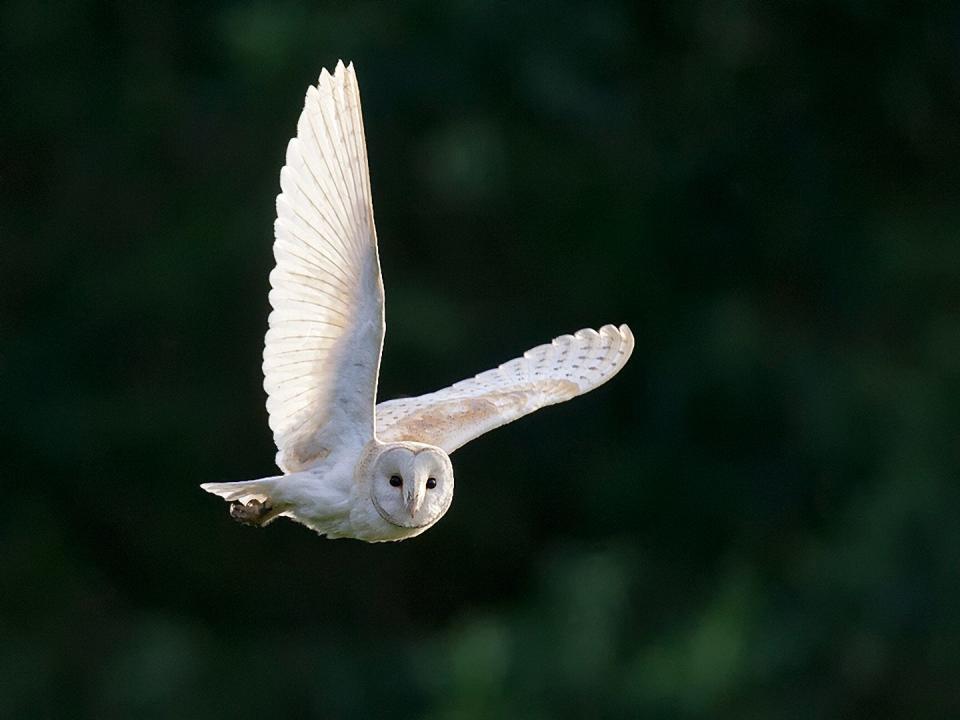
“You certainly don't need to know about the inner workings of birds to simply think that they're incredible," she says. "But with my science background, I know that the hummingbird that I see outside is basically the size of an insect, yet it makes an 18-to 22-hour flight. The black throated blue warbler in the forest near me? I know this bird, using the stars and moon to orient itself to migrate, might have been in the Caribbean yesterday. This bird has seen so much."
Newsome is among those who were inspired by birds' strength and freedom in a challenging year. "Birds don’t seem like they should exist. They weigh almost nothing; they have hollow bones, they’re mostly made of feathers, they’re full of air sacs. They’re fragile, you could break a bird very easily," she says. "Yet you’ve got some birds who travel from the North Pole to the South Pole, just millions of miles in their lifetime. It kind of reminds me that things that seem extremely frail and prone to falling apart can actually accomplish a whole lot. I’ve felt incredibly frail, especially this past year. But every time I see a bird, I’m looking at the most fragile of beings, yet this bird just flew over the gulf of Mexico. And they’re going to do it again in the fall."
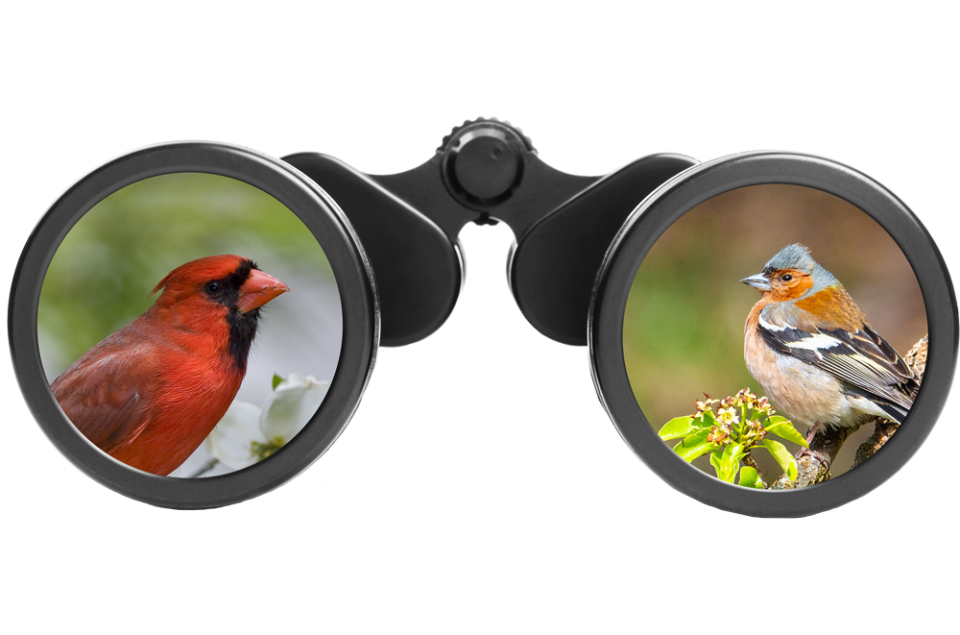
Wild birds belong to no one, but the politics of the ground they land on are much more complicated. An ugly reminder came by way of a viral video on May 25, 2020, when a Black bird watcher named Christian Cooper recorded his disagreement with a white woman named Amy Cooper in New York City’s Central Park. (Amy Cooper’s dog was unleashed, which was against the rules in a section of the park known for birdwatching.)
While Christian Cooper recorded their encounter from over six feet away, Amy Cooper dialed police while saying, “I’m going to tell them there’s an African American man threatening my life,” her voice rising as she made false claims. Amy Cooper’s bald attempt to criminalize a Black fellow park-goer’s use of public green space shocked many who saw it.
To those who’d been made to feel less than welcome themselves while out enjoying nature, however, the dynamics of the Central Park incident looked familiar. “For far too long, Black people in the United States have been shown that outdoor exploration activities are not for us,” Newsome said in a video announcing the first Black Birders Week four days after the story broke. “Whether it be the way the media chooses to present who is the ‘outdoorsy’ type, or the racism Black people experience when we do explore the outdoors...Well, we’ve decided to change that narrative.”
For Newsome and two fellow Black birders, Deja Perkins and Tykee James, it was an opportunity to bring Black birdwatchers together while amplifying their visibility online, with a week-long combination of virtual events and conversation around hashtags like #BirdingWhileBlack and #BlackWomenWhoBird. Newsome says that when she was conducting her graduate research studying the sea sparrow, her Philadelphia-based family was “terrified” at the thought of her working alone in the marshlands of coastal Georgia, not far from where Ahmaud Arbery was killed in February of 2020 while enjoying another outdoor activity considered a largely white pastime: jogging.
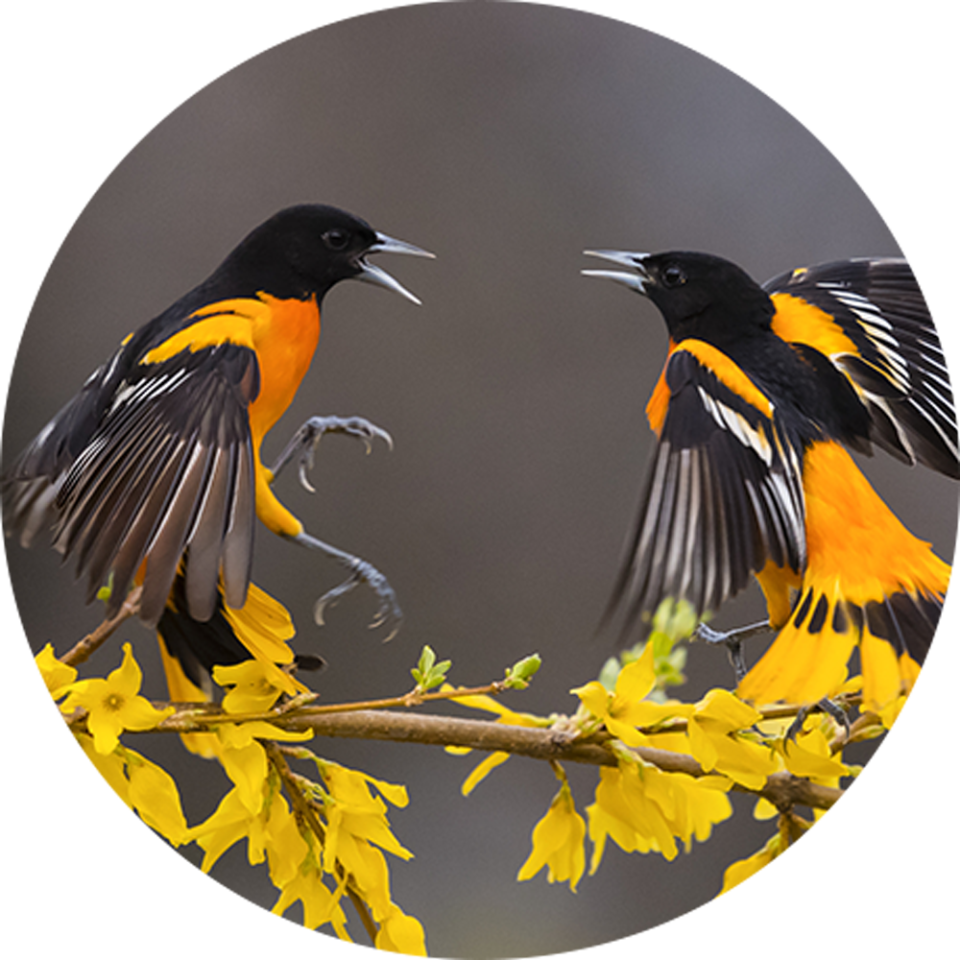
In Newsome’s experience, much of the overwhelmingly-white birding community really does want to move beyond the hobby’s stodgy rep. “One of the cool things that the national Audubon has been doing recently is creating a toolkit—essentially a handbook—for helping people to engage younger, more diverse audiences,” she says. And, Newsome adds, nurturing leaders within overlooked communities is key. “Instead of trying to bring people who’ve been excluded into your space, equip people to make their own space.”
Meanwhile, over in London, England, Flock Together founders Ollie Olanipekun, 36, and Nadeem Perera, 27, say they have indeed seen the space they've created during the pandemic prosper. Billed as "a birdwatching collective for people of colour," the group has already expanded to chapters in Toronto and New York since it began in June 2020.
It’s midday in London when we talk, and while Olanipekun is behind a desk, Perera is surrounded by small plastic chairs in the primary school where he works as a youth sports coach. Perera is the more seasoned birder of the two, having first picked up the hobby at 15 when his spark bird, a green woodpecker, landed near him in a park. He dons a khaki utility vest and favors paging through his trusty Collins Bird Guide over making IDs through a smartphone app. Instead, he jots down what he sees in a notebook.
It was the parent of a child Perera coached who first recommended he check out Olanipekun’s Instagram; after connecting via direct message, Perera says: "Ollie was like, ‘man, I’ve wanted to start this birdwatching club for people of color. Let’s do it!’” About 15 people joined the two on their first outing. Come December, 74 enthusiasts turned up in the rain. Forced to suspend group walks upon England’s third lockdown, they have plans to resume in April.
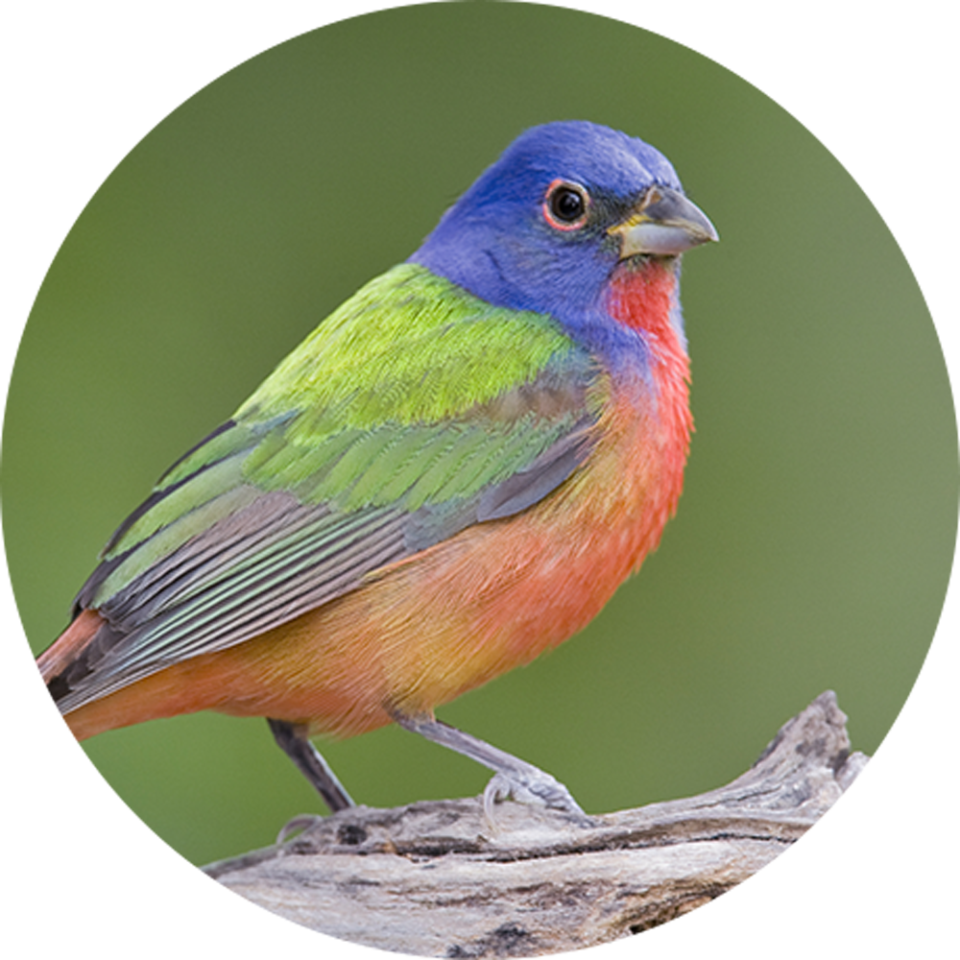
There's a number of intentionally inclusive birding groups across the world—the Feminist Bird Club has ten chapters in the U.S. and the Netherlands, with several "sibling" clubs in Latin America, for one—but Flock Together’s branding is unmatched. That’s no accident, as Olanipekun, who has run an ad agency for the last ten years, brought his creative direction and marketing skills to the project. He says that his dynamic social following and an international network of contacts made it much easier to grow rapidly. And drawing from what they’ve learned in their months of running their group, the two prepared a primer for friends in other cities on how to get their own group off the ground.
“You’d be surprised at how many people, not just in London but across the world, say to us, ‘I never even thought of birdwatching as a thing,’ because it just wasn't for them,” Perera says. “But as soon as they see somebody who looks like them giving it a go, they implicitly feel like they have permission to give it a go, too.”
Eleven months after I first met the pandemonium of parrots, I’m back at Green-Wood Cemetery to join the Brooklyn Bird Club on their first walk of 2021. It also happens to be my first (double-masked) group outing in a year. Whatever mild social anxiety I arrive with is quelled the minute I approach the dozen or so members, because they’re taking turns doing their best impression of a funny dance that's signature to the creature we’re here to search for: the American Woodcock.
As we all admire the monk parakeets’ nest in the gate, Brooklyn Bird Club president Dennis Hrehowsik explains the most popular story behind their presence—in which a crate full of them broke open at JFK airport in the 1960s—is almost certainly false. More likely, “it’s freed pets who found each other,” he says. He also tells me that membership has increased 50 percent during the pandemic, from 200 to 300 people.
Throughout our 5-hour stroll, longtime birders share tips and info with fellow first-timers. (“There’s another parrot colony over by the Raymour & Flanigan on the way to Coney Island,” I hear someone behind me advise.) We exchange nods and chitchat with lone birders and the other two bird clubs we encounter.
A gem among the pinecones, the American woodcock is elusive; as in, the potato-bodied, long-beaked guys are the size and color of the pinecones themselves. But there’s so much more to see between binocular-scans of the underbrush, and Hrehowsik’s expert ear for birdsong lends the impression of a sixth sense when he directs the group’s attention toward winged wonders that my naked eye can’t spot.
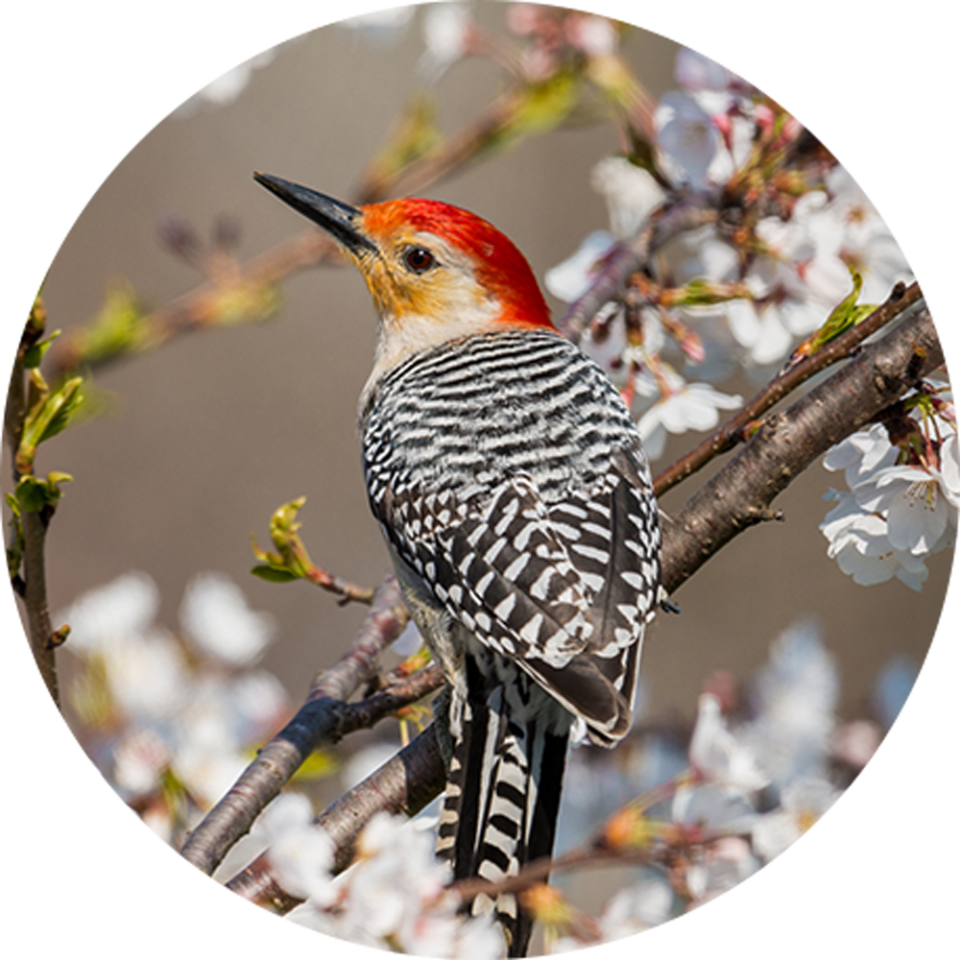
There are red-bellied woodpeckers, pine siskin with dashes of bright yellow on the wing, a pair of turkey vultures on the hunt. Seeing a bluebird’s cerulean wings and brick-hued belly magnified for the first time, I can totally imagine it helping Cinderella to get dressed. Kathy Willens, who’s been birding for decades, literally hops up and down with excitement when we spy five redpolls—finches with a shock of red on their head, hence the name—because they haven’t been this far south in years. Everyone is helping someone else, to make sure that we’ve all gotten a chance to see a few seconds of beauty before it flies away. It’s tender. As someone whose brain has been a swirling cyclone of worry and uncertainty for the better part of a year, to be this wholly absorbed in one simple activity is a gift.
The feeling I get from dedicating my full attention to what I see and hear, my phone entirely forgotten in my pocket, makes me think of something Perera said about the mindfulness the hobby can provide for everyone. “I'm always a firm believer of being in the present moment, and that's kind of what birding is. Birding is being very in tune: listening to the trees around you, the wind, the bird calls, and not thinking about anything else.”
It definitely feels as if paying attention to the birds has bumped up the world’s brightness and volume a little, in the best way. This morning, I said my daily hello to the brilliant red cardinal and his brownish mate who’ve been visiting the tree outside our living room window; I’m learning to distinguish their whistles from a sparrow’s nearby cheep. Heading outside for coffee, I spied a busy pigeon flying into a hole in a brownstone’s cornice, the mess of twigs for a nest in its beak. My son has grown from baby to full-on tiny human in his year spent mostly inside, and we’re hitting the playground again these days. Yesterday, as I pushed him in a swing, we oohed and aahed at a flock of white geese in perfect V formation—he noticed them first. He’s reteaching me how to look and listen every single day, and the birds are, too.
You Might Also Like

